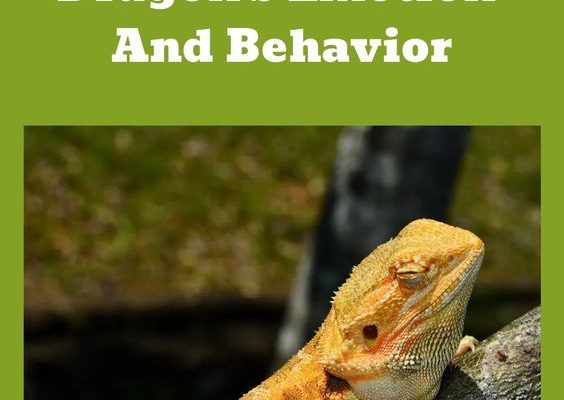How to Breed Bearded Dragons

Introduction
Bearded dragons are fascinating creatures that have become increasingly popular as pets in recent years. If you have one or more of these exotic reptiles and are interested in breeding them, this article will provide you with a comprehensive guide on how to breed bearded dragons successfully.
Preparing for Breeding
1. Ensure you have healthy adult bearded dragons: Before attempting to breed your bearded dragons, make sure that both the male and female are healthy adults. They should be at least 18 months old and exhibit signs of good health, such as bright eyes and active behavior.
2. Prepare the right environment: Bearded dragons need specific conditions to breed successfully. Make sure the temperature in their enclosure is between 80-85°F during the day and 70-75°F at night, with a basking area of up to 100°F. You should also provide adequate UV lighting for at least 12 hours a day.
3. Introduce potential mates: Begin by introducing male and female bearded dragons into the same enclosure. Keep a close eye on them during their initial interactions, as sometimes they can become aggressive towards one another.
Breeding Process
1. Mating behavior: Once your bearded dragons are comfortable in each other’s presence, you may notice courtship and mating behavior. The male will typically bob his head, chase the female around, and ultimately grasp her neck with his mouth before mating occurs.
2. Fertilization: After successful mating, the eggs will be fertilized within the female’s body. The gestation period typically lasts 4-6 weeks for bearded dragons.
3. Egg-laying: When it’s time for your female bearded dragon to lay her eggs, she will likely become restless and start digging in her enclosure. You should provide a nesting box filled with moist substrate (such as peat moss or a mixture of sand and vermiculite) for her to lay her eggs in.
Incubation Period
1. Collecting the eggs: Once your female bearded dragon has finished laying her eggs, carefully remove them from the nesting box. Be sure not to rotate, shake, or otherwise disturb the eggs as you transfer them to an incubator.
2. Incubating the eggs: It is important to provide the right temperature and humidity conditions for the incubation process. Maintain a temperature of around 84-86°F and humidity levels between 70-85%. You can use a commercially available incubator or create your own DIY setup.
3. Monitoring progress: It will take roughly 60-80 days for your bearded dragon eggs to hatch, depending on the temperature and humidity conditions during incubation.
Babies’ First Days
1. Care for newborns: Once your baby bearded dragons have hatched, they will need some care and attention. Place them in a separate enclosure outfitted with proper heat and UV lighting.
2. Feeding baby bearded dragons: Baby bearded dragons need a diet of small insects (such as crickets and mealworms) and chopped vegetables. Provide food three times a day while they’re still young, eventually reducing feeding frequency as they grow.
3. Monitoring growth: Keep an eye on your baby bearded dragons’ growth and overall wellbeing, ensuring they are shedding properly and gaining weight as expected.
In conclusion, breeding beared dragons can be an exciting and rewarding experience if you follow the necessary steps and provide proper care throughout the process. With dedication and attention to detail, you can successfully breed these captivating creatures and enjoy watching their offspring grow into healthy adults.






